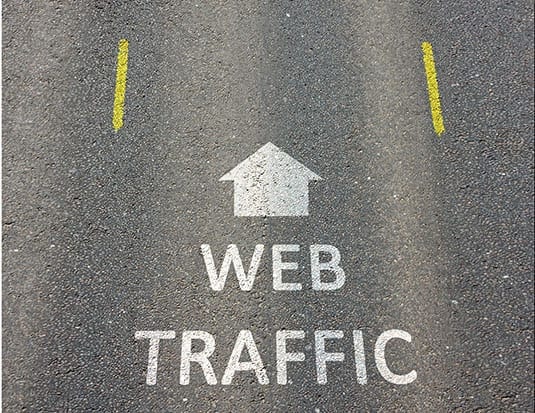Work on building the best in-store experience before worrying about how your customers found you in the first place.
A couple of years ago I uttered the following statement on stage: “Marketers and the media like to create problems that they will solve for you… on your budget.”
One of the biggest “problems” we marketers have created lately, in my opinion, is marketing attribution. It came in hot early last year and like all great buzzwords in our industry they’ve garnered the focus of our conversations as far as our marketing strategies go.
This article is not intended to bash marketing attribution whatsoever. I feel the following things should be addressed:
Marketing attribution defined
My good friend Dan Moore, President of Vistadash, explains marketing attribution from the point of view of the shopper:
“Multi-touch attribution works by showing dealerships the path each individual buyer took on this journey from start to purchase. If I see that an online car shopper went to cars.com, then got pulled back in by paid search ranking, then went to carguru.com, and then finally ended up at the dealer… well, I have a little more insight into what helps sell cars,” Dan said.
“That path from first online impression to the dealership is the biggest thing car dealers are looking to understand and puzzle out right now; and multi-touch attribution tracking is how they can do it.”
Where this gets tricky is connectivity. You see, all the companies out there that list your inventory, your ads or your paid social posts rarely share their data with one another.
Heck, your CRM only tells you where the lead came in from, not where it may have originated. So, companies and products are popping up to help solve that problem.
But Dan said something in that quote that stands out to me, and I consider it a large disconnect: “I have a little more insight into what helps sell cars.” From everything I have read (by folks in our industry) marketing attribution focuses on marketing sources, first touch to last touch in the funnel, until they reach the dealership. To me that doesn’t provide any insight on what sells the car. Marketing attribution tells me what messages/product and which channels provide the most INTEREST. While I know this will be contested by some of my peers, prospective customers walking in the doors of your dealership haven’t bought anything… yet.
It doesn’t measure everything
No I don’t believe it does, if you are of the belief that marketing attribution is covering all the bases from the start of their research through to purchase. Let me make my case.
We all know shoppers are spending serious amounts of time doing their research online, but did you know how many show up at the dealership without ever contacting the dealer through a lead form, phone call, or chat? So, if marketing attribution is based on measuring actions or events, you may only be looking at clicks and ad impressions. That’s not really closing the loop to a sale.
Fifty-four percent of shoppers will show up at the dealership without any contact prior to their arrival (Google ThinkDealer stats 2017).
So, attribution reporting can be very important when assessing your advertising dollar investments, but are you missing a key ingredient to the overall success of the dealership? Will attribution, like big data, distract you from what’s happening on the showroom floor with those shoppers? Will attribution really matter if you’re not tracking 100 percent of your showroom traffic? How many people really walked in today (walk-ins, appointments, be-backs)? How many manager intros are happening? Are those intros increasing the number of test drives? How many deals got written up? What’s the REAL closing ratio as it pertains to showroom traffic?
If we know that more than half of our traffic is just showing up unannounced, what accountability do we have in place to track it, to ensure every customer is being greeted by a sales professional, introduced by a manager, given a test drive, received a proposal, and logged properly in the CRM?
Ask the right questions
The way I see it is if you are not looking at what’s happening with shoppers when they arrive at your dealership then everything else is irrelevant. The questions you should be asking need to focus on the sales process, customer experience, and most importantly accountability.
We are spending too much time analyzing one cog (marketing spend/ performance) in a larger machine. Marketers are creating problems that they’ll solve for you, on your budget. The most important part of your marketing strategy is the moment they walk through the door of your dealership, not how they got there because, again, they haven’t bought anything… yet.
If your customer experience isn’t wired tight, the sales process isn’t championed by management and your sales floor stinks of “every salesperson for themselves,” then every dollar spent and every click tracked means nothing. You’re burning through money and opportunities.
Work on building the best in-store experience before worrying how the customers arrived online or otherwise. The “loop of attribution” won’t close until your sales floor does.



